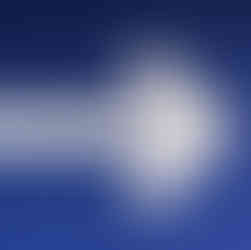Rainbow in a Glass Experiment
- Positive Reactions
- May 14, 2022
- 2 min read

Create a rainbow in your glass of water with this amazing experiment!
Topics: Density
Age Group: Upper Elementary to Middle School
Materials:
Water
Food Coloring of various colors
Bowls/Cups (to hold the various colors of food coloring)
Clear Jar/Cup (to perform the experiment in)
Sugar
Spoons
Procedure:
1. Pour 3 tablespoons of water into each cup

2. Pour 1-2 drops of food coloring into each bowl to color the water and mix to color the water

3. Determine the order you want your colors to be at the end. In this example, I want pink at the top, with green below it, followed by blue, and purple at the bottom.

4. With this order, put 0 teaspoons of sugar into the first color (at the top), then 1 teaspoon of sugar into the second color, then 2 teaspoons of sugar into the third color, and so on. Here, 0 teaspoons of sugar are added to the pink water, 1 teaspoon of sugar is added to the green water, 2 teaspoons of sugar is added to the blue, and 3 teaspoons of sugar are added to the purple.
5. Mix the sugar into each of the colored waters well. All sugar should be dissolved into the water once the mixing is done.
6. Carefully pour the water of the last color into your jar. This should be the sugar water with the most amount of sugar. In this case, it is the purple water.

7. Then put the color that was planned to be above it. To put this color in without it mixing with the other colors, pour this over the back of a spoon, to ensure the water pours gently.
8. Repeat step 7 until all of the colors have been added, making sure that each new color added has less sugar in it than the color that was added into the cup before.
9. Admire your new rainbow.

How it works:
Density is a measurement and property that compares the amount of matter an object has to its volume. When we add varying amounts of sugar to the same amount, or volume of water, we are changing the density of the water. The water with a lot of sugar has a greater density than the water with no sugar. This is because even though both have the same amount of water, or the same volume, the water with a lot of sugar has a lot more matter in it. Materials with greater densities will sink, while materials with lower densities tend to float. Thus, we see that the sugar water with greater density stays at the bottom, while the sugar water with a lesser density remains at the top. This gives us a beautiful rainbow.













Comments